Home>Furniture & Design>Outdoor Furniture>How Often Should You Water Outdoor Succulents?
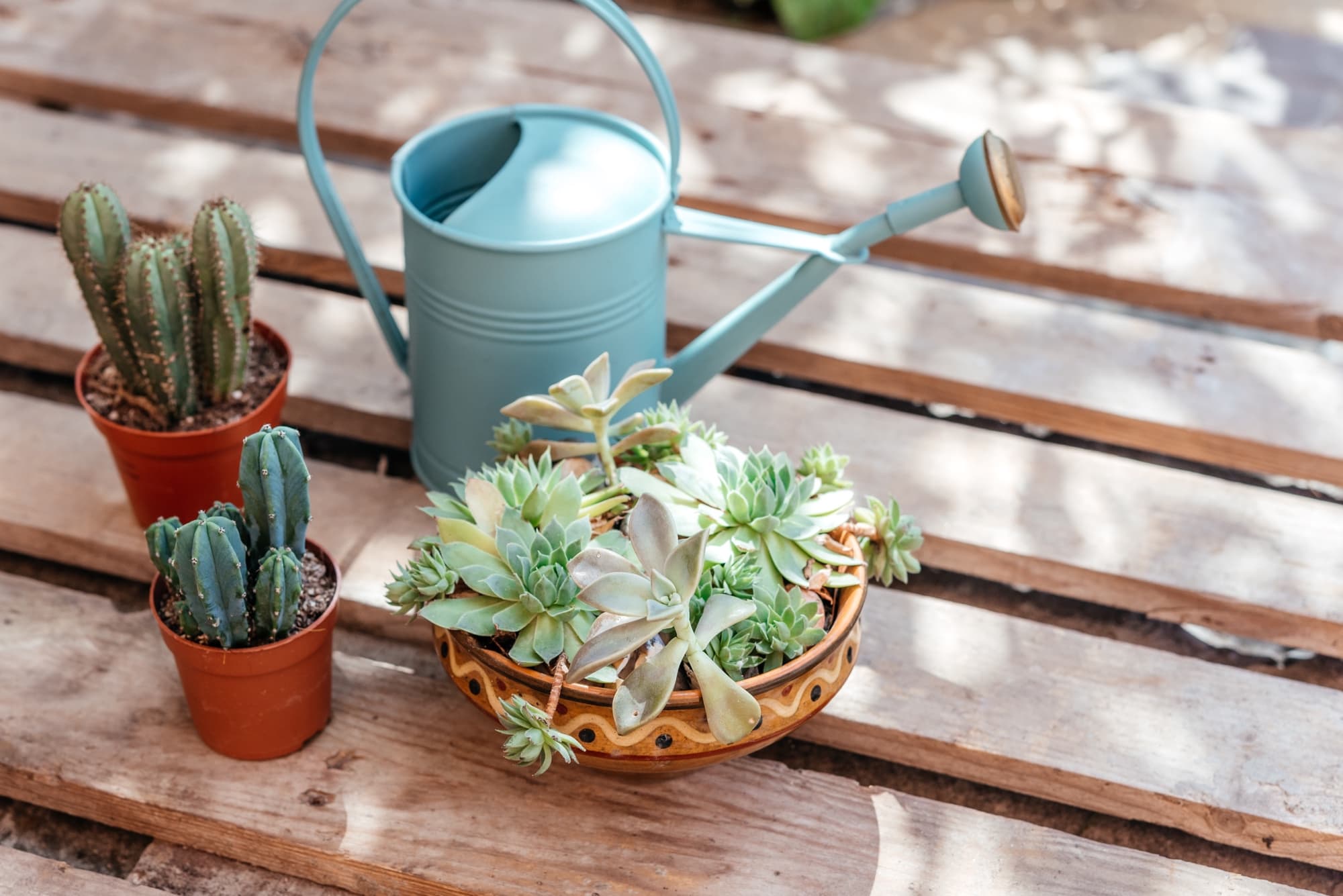

Outdoor Furniture
How Often Should You Water Outdoor Succulents?
Published: January 15, 2024
Discover the best watering schedule for outdoor succulents. Learn expert tips for keeping your outdoor furniture and design thriving with proper watering.
(Many of the links in this article redirect to a specific reviewed product. Your purchase of these products through affiliate links helps to generate commission for Storables.com, at no extra cost. Learn more)
Introduction
Welcome to the wonderful world of outdoor succulents! These hardy, low-maintenance plants have gained immense popularity in the realm of outdoor furniture, design, and landscaping. Their unique shapes, vibrant colors, and ability to thrive in various climates make them a sought-after choice for adding a touch of natural elegance to outdoor spaces.
In this comprehensive guide, we will delve into the art of caring for outdoor succulents, with a specific focus on one crucial aspect of their maintenance: watering. While succulents are renowned for their drought tolerance, understanding the nuances of their watering needs is essential for ensuring their health and longevity in an outdoor setting.
Whether you are a seasoned succulent enthusiast or a newcomer eager to incorporate these beauties into your outdoor oasis, this article will equip you with the knowledge and insights to confidently nurture your outdoor succulents. From unraveling the factors influencing their watering requirements to identifying signs of overwatering and underwatering, we will explore the intricacies of maintaining thriving succulent gardens.
So, grab your gardening gloves, bask in the natural sunlight, and join us on this enlightening journey to unravel the secrets of watering outdoor succulents. By the end, you will be empowered to cultivate a stunning succulent display that complements your outdoor furniture and design while harmonizing with nature"s rhythm. Let"s embark on this green-fingered adventure together!
Key Takeaways:
- Succulents are resilient plants that need careful watering. Factors like climate, soil, and sunlight affect their watering needs. By observing and adjusting, you can help them thrive in your outdoor space.
- To keep outdoor succulents healthy, water them based on the season and their visual cues. Use well-draining soil, water in the morning, and be mindful of their changing needs.
Understanding Succulents
Before delving into the intricacies of watering outdoor succulents, it’s essential to grasp the fundamental nature of these captivating plants. Succulents are a diverse group of flora characterized by their ability to store water in their fleshy leaves, stems, or roots. This unique adaptation enables them to thrive in arid environments with minimal rainfall, making them well-suited for outdoor landscapes and gardens.
One of the most remarkable features of succulents is their striking variety, encompassing an extensive range of shapes, sizes, and colors. From the iconic rosettes of Echeveria to the cascading tendrils of String of Pearls, succulents offer an endless array of aesthetic possibilities for outdoor furniture and design enthusiasts.
Furthermore, succulents are renowned for their resilience, making them an ideal choice for outdoor settings. They can withstand prolonged periods of drought and are generally low-maintenance, thriving in conditions that may prove challenging for other plant species. This inherent toughness, coupled with their aesthetic allure, has contributed to the widespread popularity of succulents in outdoor landscaping and design projects.
Whether adorning a quaint balcony garden or accentuating a sprawling backyard, succulents infuse outdoor spaces with a touch of natural elegance and tranquility. Their ability to thrive in various climates and soil conditions further enhances their appeal, offering endless creative opportunities for outdoor design aficionados.
As we venture deeper into the realm of succulent care, it’s important to appreciate the intrinsic beauty and adaptability of these remarkable plants. By understanding their unique characteristics and natural habitat, we can cultivate a deeper connection with these living works of art, enriching our outdoor environments with their timeless allure.
Factors Affecting Succulent Watering Needs
Understanding the factors that influence the watering requirements of outdoor succulents is pivotal in ensuring their optimal health and vitality. While these resilient plants are renowned for their water-storing capabilities, several key elements impact their hydration needs in an outdoor environment.
- Climate: The climate plays a significant role in determining how frequently succulents need to be watered. In hot, arid regions, where outdoor furniture and design often embrace desert aesthetics, succulents may require more frequent watering to combat the intense heat and evaporation.
- Seasonal Variations: Succulent watering needs fluctuate with the changing seasons. During the warmer months, when outdoor spaces are abuzz with life and activity, succulents may necessitate more frequent watering to endure the heightened temperatures and increased sunlight. In contrast, during cooler seasons, such as autumn and winter, their watering frequency may decrease due to reduced evaporation rates.
- Soil Composition: The composition of the soil in which succulents are planted profoundly influences their watering requirements. Well-draining soil, often enriched with sand or perlite, facilitates efficient water distribution and prevents waterlogged conditions that can be detrimental to succulents. This soil composition is a cornerstone of outdoor furniture and design, ensuring the health and vibrancy of succulent displays.
- Container Type: For succulents housed in containers, the material and size of the pots can impact their watering needs. Porous containers, such as terracotta pots, allow for greater airflow and moisture evaporation, affecting the frequency of watering. Additionally, larger containers generally retain moisture for a longer duration compared to smaller ones.
- Sunlight Exposure: The amount of sunlight that outdoor succulents receive directly influences their water requirements. Succulents basking in intense sunlight may require more frequent watering to offset the accelerated moisture loss caused by prolonged sun exposure.
By recognizing and adapting to these influential factors, outdoor furniture and design enthusiasts can effectively tailor their succulent care practices to suit the specific needs of these remarkable plants. This holistic approach ensures that succulents thrive in their outdoor habitats, adding an enchanting touch of natural splendor to any landscape or garden.
Signs of Overwatering and Underwatering
Recognizing the telltale signs of overwatering and underwatering is crucial for maintaining the well-being of outdoor succulents. While these resilient plants are adept at enduring periods of drought, they are equally susceptible to the adverse effects of excessive moisture. Understanding the indicators of overwatering and underwatering empowers outdoor furniture and design enthusiasts to adjust their watering practices proactively, ensuring the flourishing health of their succulent displays.
Signs of Overwatering:
- Yellowing or Translucent Leaves: Overwatered succulents often exhibit yellowing or translucency in their leaves, indicating waterlogged tissues and potential root rot.
- Soft or Mushy Texture: The leaves and stems of overwatered succulents may become soft or mushy to the touch, signaling an excess of moisture that compromises their structural integrity.
- Leaf Drop: Overwatering can trigger the premature dropping of leaves as the plant struggles to cope with the water-saturated conditions, leading to a loss of vitality and vigor.
- Mold or Fungus Growth: Excessive moisture promotes the growth of mold, mildew, or fungal infections on the soil surface or the succulent’s leaves, posing a threat to their overall health.
Signs of Underwatering:
- Shriveled or Wrinkled Leaves: When succulents are deprived of adequate water, their leaves may appear shriveled or wrinkled, indicating a lack of hydration and potential stress.
- Leaf Discoloration: Underwatered succulents may display signs of discoloration, such as browning or wilting, as they struggle to maintain their physiological functions in the absence of sufficient moisture.
- Stunted Growth: Insufficient water availability can impede the growth and development of succulents, leading to a stunted appearance and diminished vibrancy.
- Dry, Cracking Soil: The soil surrounding underwatered succulents may become excessively dry and prone to cracking, indicating the need for timely watering to restore optimal moisture levels.
By attentively observing these discerning signs, outdoor succulent enthusiasts can adeptly adjust their watering frequency and practices to address the specific hydration needs of their cherished plants. This proactive approach fosters a harmonious balance, ensuring that outdoor succulents thrive in their natural environment, enhancing the allure of outdoor furniture and design with their timeless charm.
Water outdoor succulents only when the soil is completely dry, typically every 1-2 weeks. Overwatering can lead to root rot, so it’s important to let the soil dry out between waterings.
Watering Frequency for Outdoor Succulents
Determining the ideal watering frequency for outdoor succulents is a nuanced endeavor that hinges on a multitude of factors, ranging from climate and seasonal variations to soil composition and sunlight exposure. By striking a delicate balance between providing adequate moisture and preventing waterlogged conditions, outdoor furniture and design enthusiasts can safeguard the health and vibrancy of their succulent displays.
While the frequency of watering outdoor succulents is not set in stone and may vary based on individual circumstances, several overarching guidelines can serve as valuable reference points for nurturing these resilient plants:
- Summer Watering: During the warmer months, when outdoor spaces are bathed in sunlight and temperatures soar, succulents may require more frequent watering to combat the heightened evaporation and maintain optimal hydration levels. As a general rule of thumb, watering outdoor succulents every 7-10 days may be suitable in hot, arid climates, but this interval should be adjusted based on specific environmental conditions and plant responses.
- Winter Watering: In cooler seasons, such as autumn and winter, the watering frequency for outdoor succulents typically decreases due to reduced evaporation rates and lower water requirements. Monitoring the moisture levels of the soil and adjusting the watering schedule to approximately every 14-21 days can help prevent overwatering during these periods.
- Observational Approach: Observing the visual and tactile cues of succulents is paramount in determining their watering needs. By assessing the soil moisture, leaf appearance, and overall vitality of the plants, outdoor enthusiasts can tailor their watering frequency to align with the specific requirements of their succulent varieties and outdoor environments.
- Adaptation to Conditions: Succulent watering frequency should be adaptable to the prevailing environmental conditions, such as sudden heatwaves or prolonged rainfall. Flexibility in adjusting the watering schedule based on real-time observations and weather patterns is instrumental in ensuring the well-being of outdoor succulents.
By embracing a mindful and adaptable approach to watering, outdoor succulent aficionados can cultivate thriving and resilient plant displays that harmonize seamlessly with their outdoor furniture and design concepts. This conscientious care not only fosters the flourishing beauty of succulents but also enriches outdoor spaces with a captivating blend of natural charm and artistic allure.
Read more: How Often Should You Water Seeds
Best Practices for Watering Outdoor Succulents
Embracing best practices for watering outdoor succulents is essential for nurturing these captivating plants and integrating them harmoniously into outdoor furniture and design schemes. By implementing mindful watering techniques and adopting a holistic approach to succulent care, outdoor enthusiasts can cultivate thriving succulent displays that exude timeless elegance and natural splendor.
1. Watering Technique: When watering outdoor succulents, it is advisable to employ a targeted approach that focuses on the root zone rather than drenching the entire plant. Directing water to the base of the succulents allows for efficient absorption and minimizes the risk of moisture-related issues, promoting robust root development and overall plant health.
2. Soil Moisture Assessment: Regularly assessing the moisture levels of the soil is pivotal in determining the watering needs of outdoor succulents. Before watering, outdoor enthusiasts can use a moisture meter or perform a simple finger test to gauge the dryness of the soil, ensuring that watering is administered only when necessary to prevent overhydration.
3. Watering Timing: Optimal watering timing for outdoor succulents often involves scheduling watering sessions in the morning, allowing excess moisture to evaporate during the day and minimizing the risk of prolonged soil dampness. This practice aids in preventing potential fungal growth and creates an environment conducive to the thriving vitality of succulents.
4. Drainage Considerations: Ensuring proper drainage for outdoor succulents is paramount in preventing waterlogged conditions that can compromise their well-being. Using well-draining soil mixes and incorporating drainage holes in containers or planting beds facilitates the efficient removal of excess water, safeguarding succulents from the perils of overwatering.
5. Seasonal Adjustments: Adapting the watering practices of outdoor succulents to correspond with seasonal variations is essential for maintaining their health and vigor. As environmental conditions fluctuate, outdoor enthusiasts can fine-tune their watering frequency and volume to align with the evolving needs of succulents throughout the year.
6. Observational Awareness: Cultivating a keen sense of observational awareness is instrumental in discerning the specific watering requirements of outdoor succulents. By attentively monitoring the visual cues and responses of the plants to watering, outdoor enthusiasts can refine their watering practices and foster a deeper connection with their succulent displays.
By embracing these best practices for watering outdoor succulents, outdoor furniture and design aficionados can embark on a journey of nurturing vibrant and resilient succulent gardens that seamlessly complement their outdoor spaces. This mindful approach not only elevates the aesthetic appeal of outdoor environments but also fosters a nurturing bond with the captivating world of succulents, enriching outdoor living experiences with natural beauty and timeless allure.
Conclusion
As we conclude our exploration of watering outdoor succulents, we embark on a reflective journey that celebrates the enduring allure and captivating resilience of these remarkable plants. From their diverse shapes and colors to their ability to thrive in challenging environments, succulents have emerged as cherished companions in the realm of outdoor furniture, design, and landscaping.
By unraveling the factors influencing succulent watering needs, identifying signs of overwatering and underwatering, and embracing best practices for watering, we have delved into the art of nurturing thriving succulent displays that harmonize seamlessly with outdoor environments. The interplay of climate, seasonal variations, soil composition, and sunlight exposure has underscored the nuanced nature of succulent care, highlighting the importance of adapting watering practices to suit the specific needs of these resilient plants.
Through attentive observation and a mindful approach to watering, outdoor succulent enthusiasts can cultivate vibrant and enduring plant displays that enrich outdoor spaces with natural elegance and timeless charm. The synergy between succulents and outdoor furniture and design concepts unfolds as a testament to the harmonious coexistence of artistry and nature, where each succulent becomes a living canvas, enhancing the visual tapestry of outdoor landscapes and gardens.
As we bid adieu to this enlightening journey, let us carry forward the wisdom gleaned from understanding succulents, embracing their diverse forms, and nurturing their vitality through mindful watering practices. Let us continue to weave the enchanting beauty of succulents into the fabric of outdoor living, creating immersive experiences that celebrate the enduring splendor of these remarkable plants.
May the art of watering outdoor succulents serve as a testament to our reverence for nature’s resilience and the timeless allure of outdoor beauty. As we tend to our succulent gardens, may we find joy in the rhythmic dance of nurturing life, enriching our outdoor spaces with the captivating presence of these living works of art.
Frequently Asked Questions about How Often Should You Water Outdoor Succulents?
Was this page helpful?
At Storables.com, we guarantee accurate and reliable information. Our content, validated by Expert Board Contributors, is crafted following stringent Editorial Policies. We're committed to providing you with well-researched, expert-backed insights for all your informational needs.
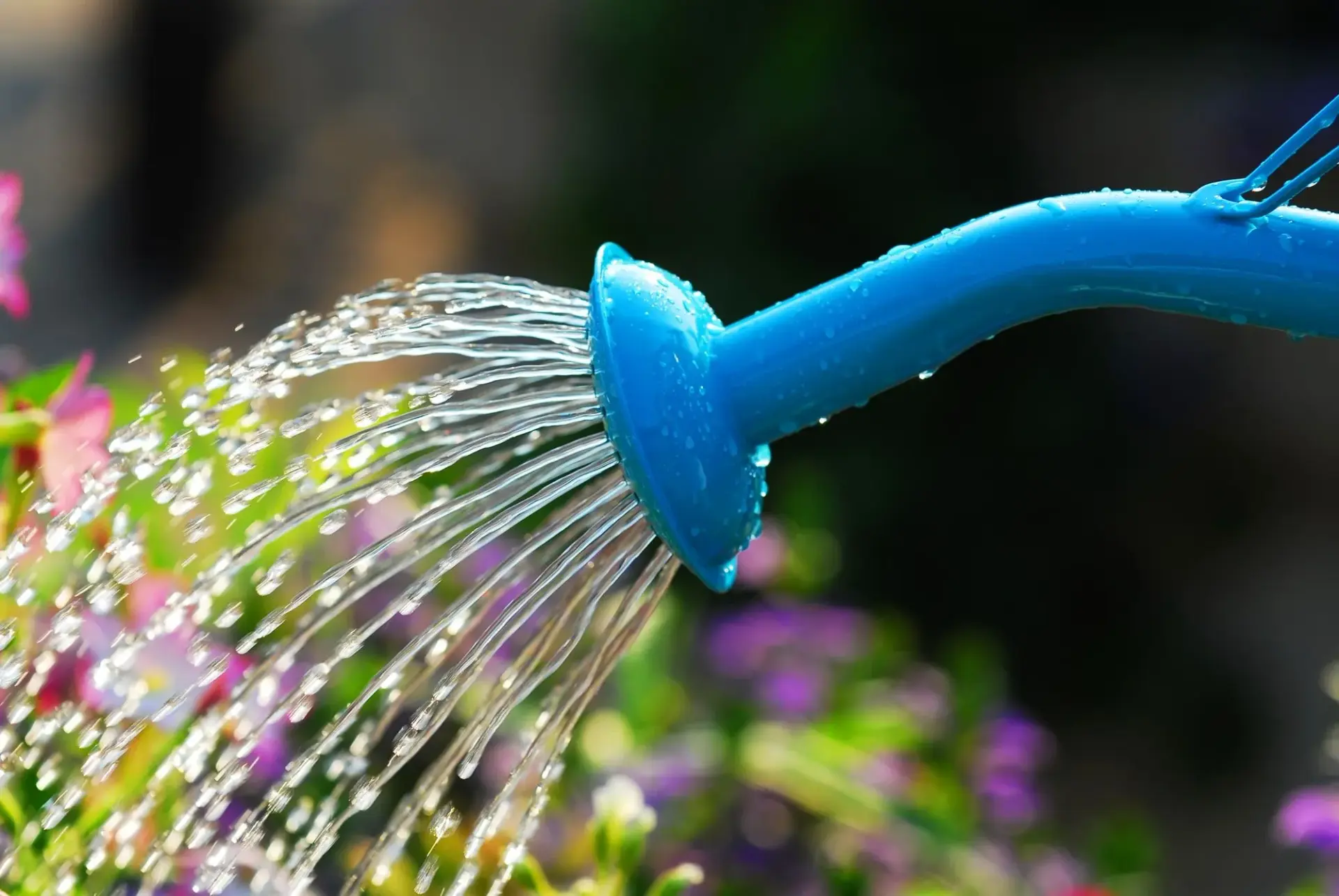
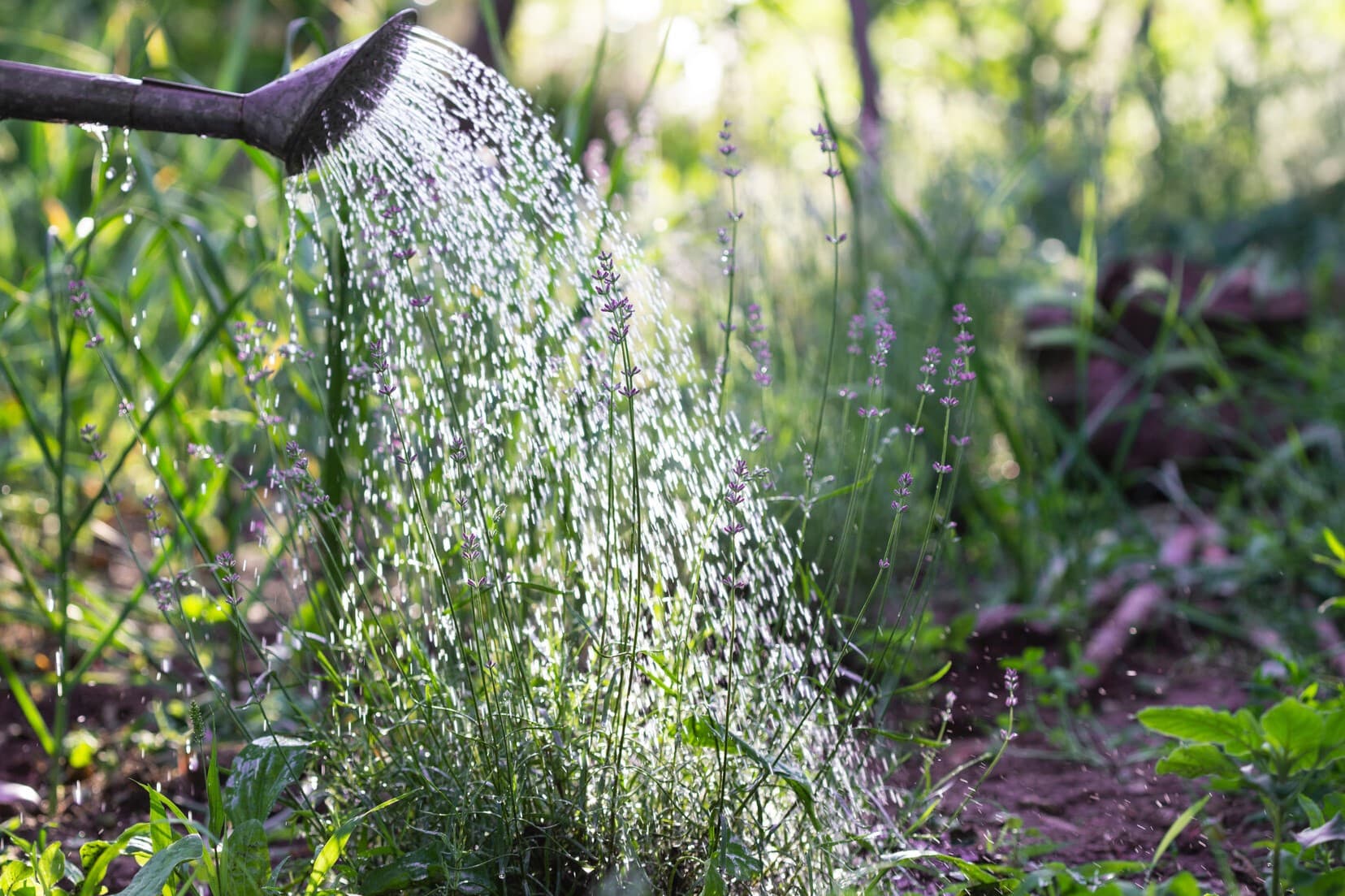
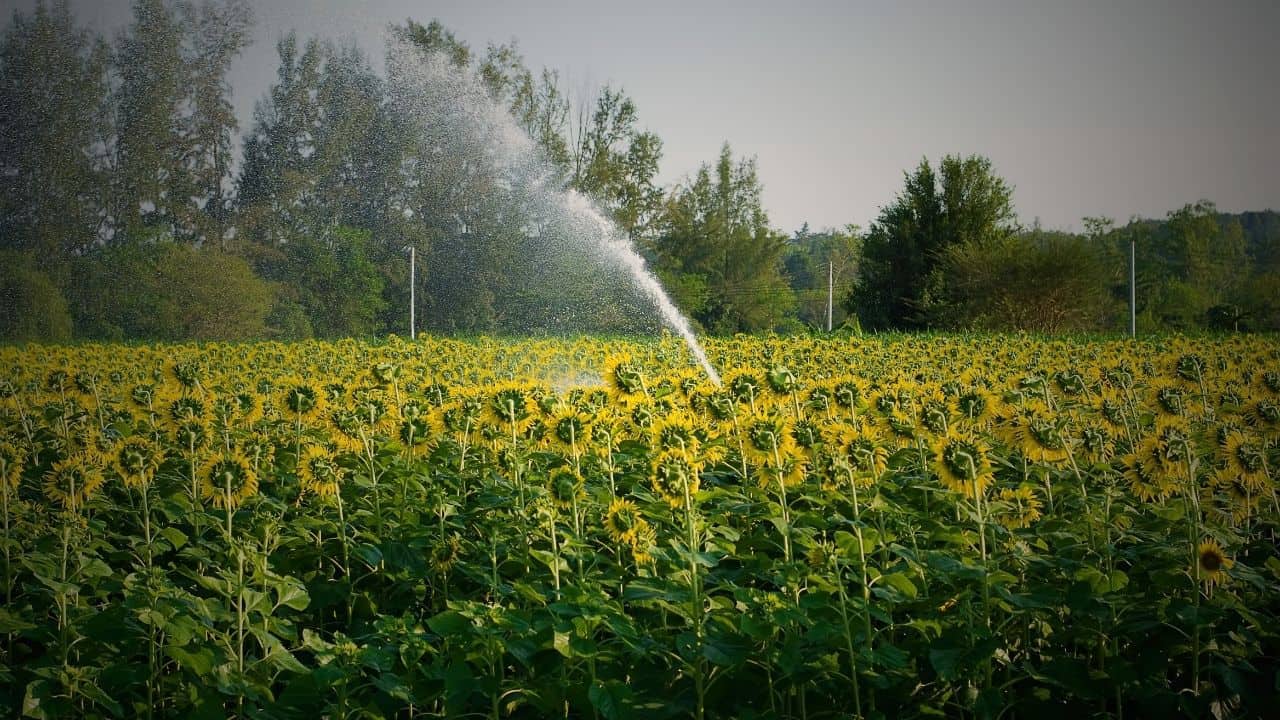
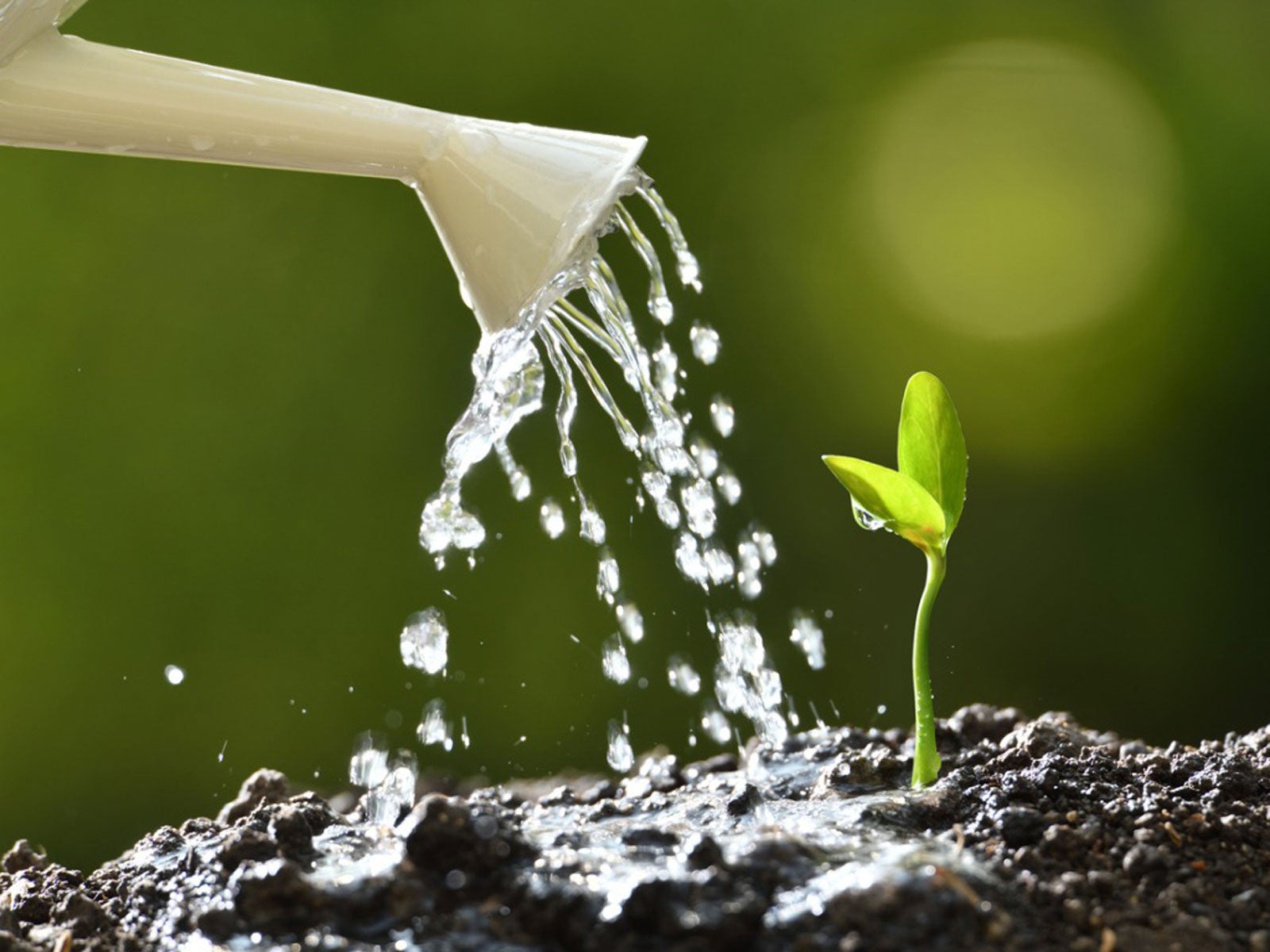
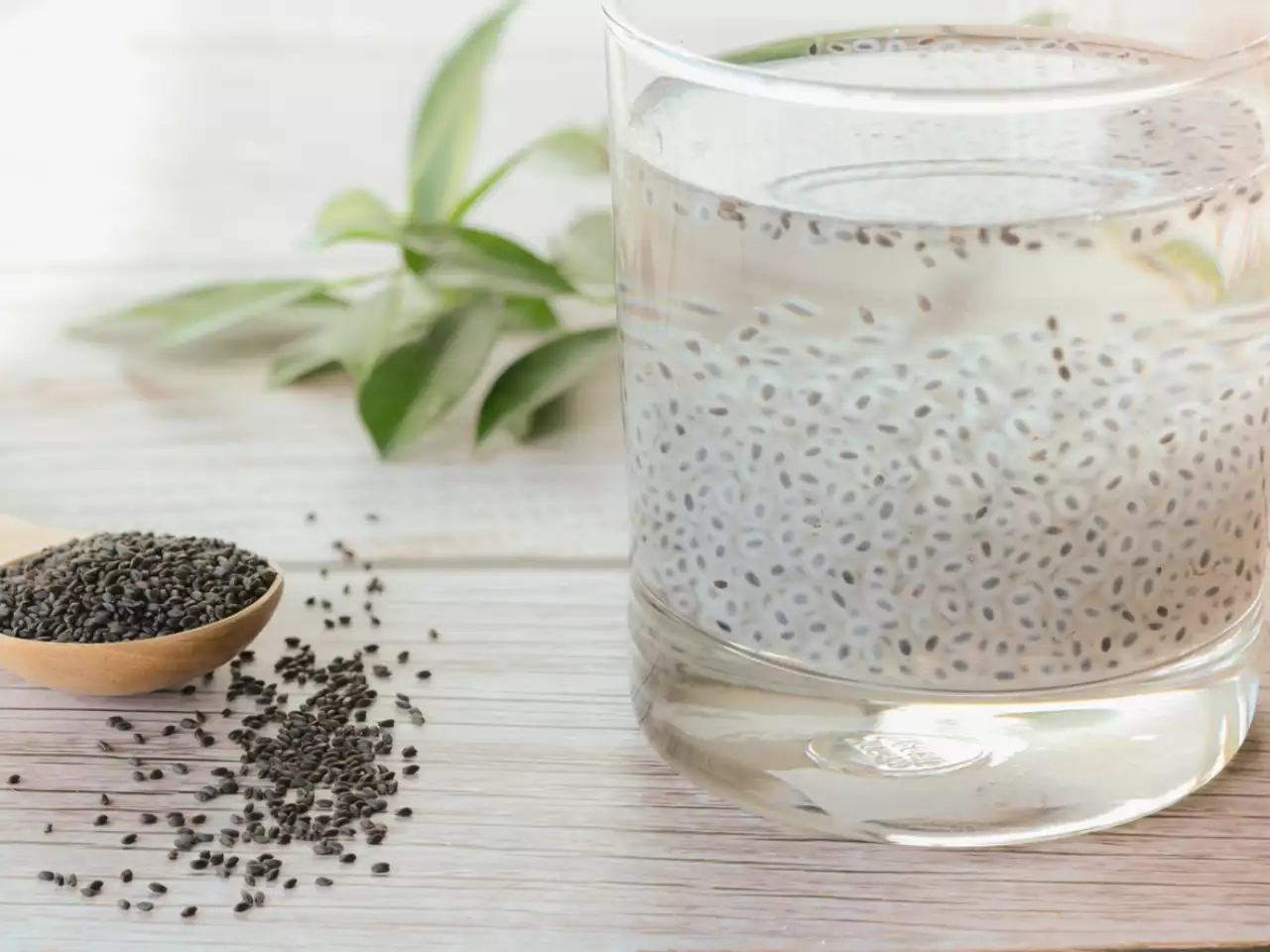
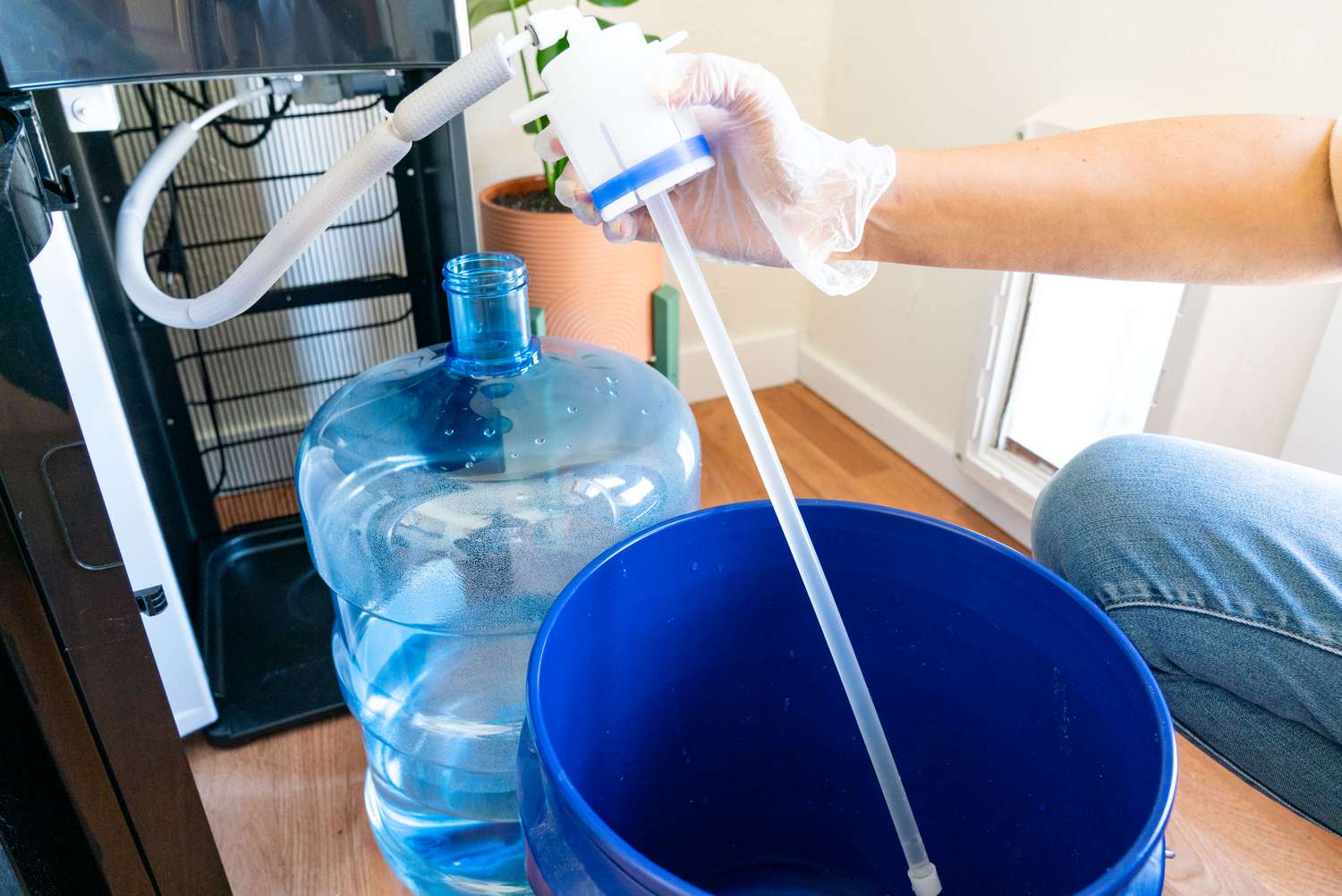
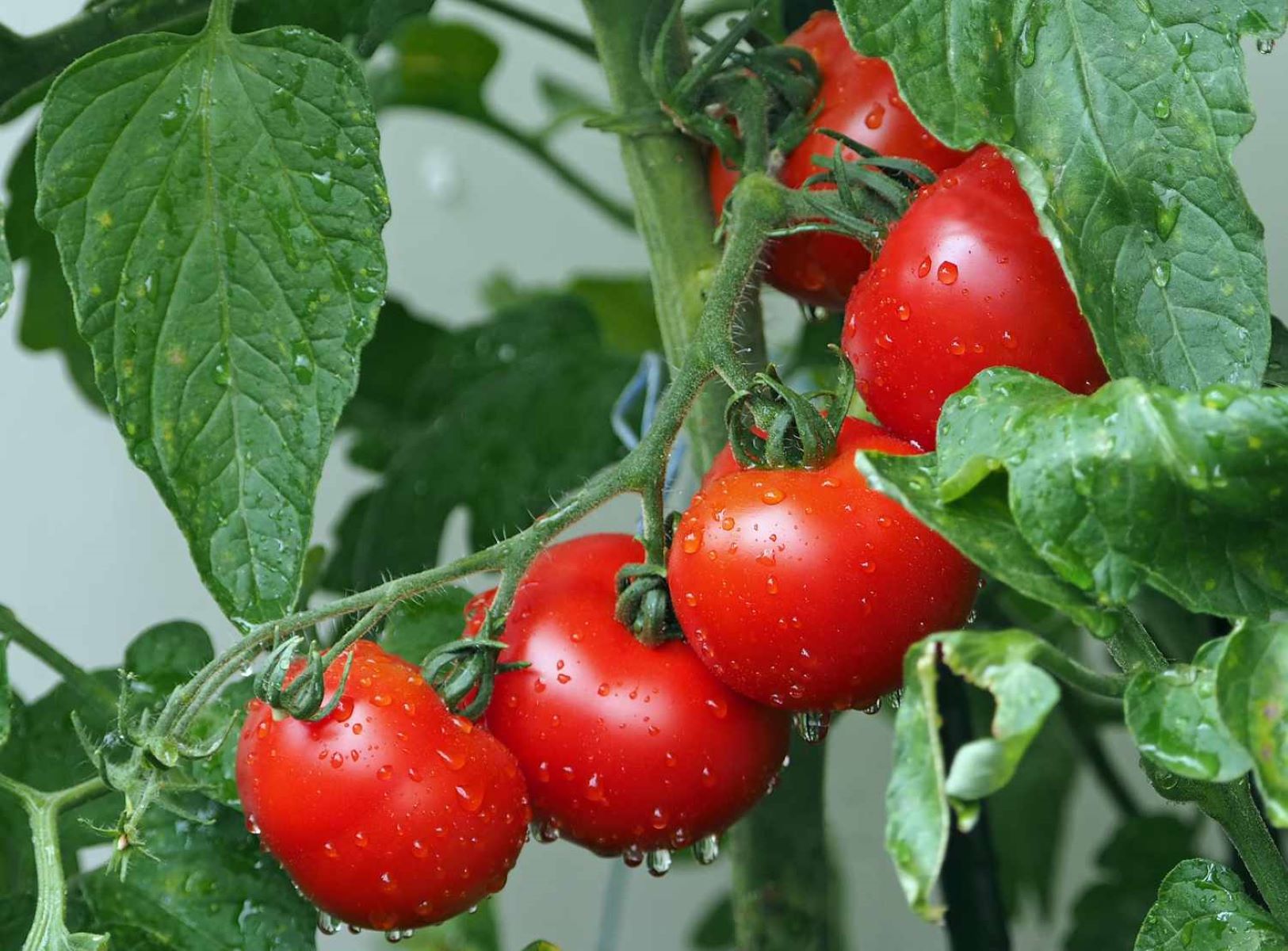
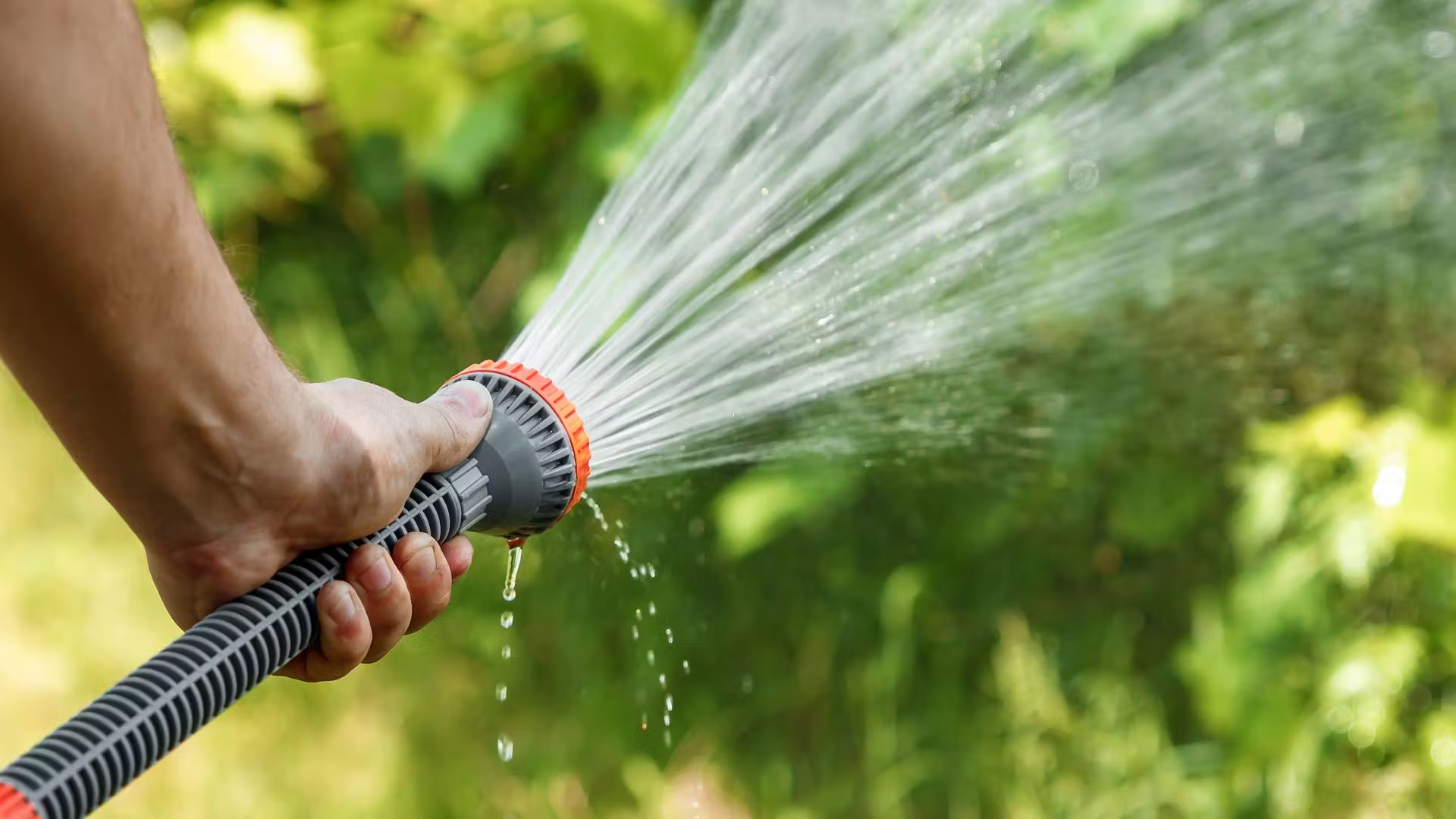
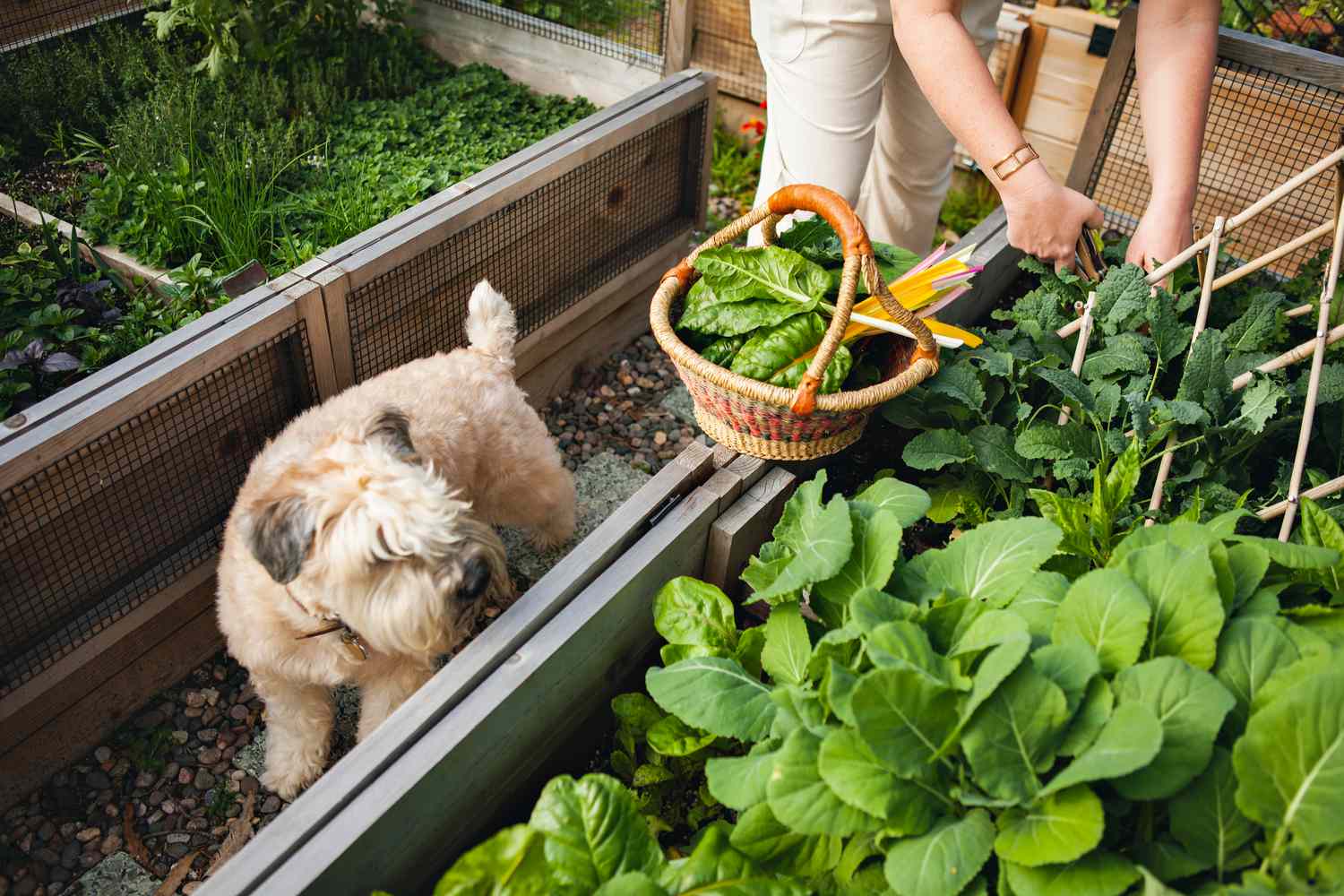
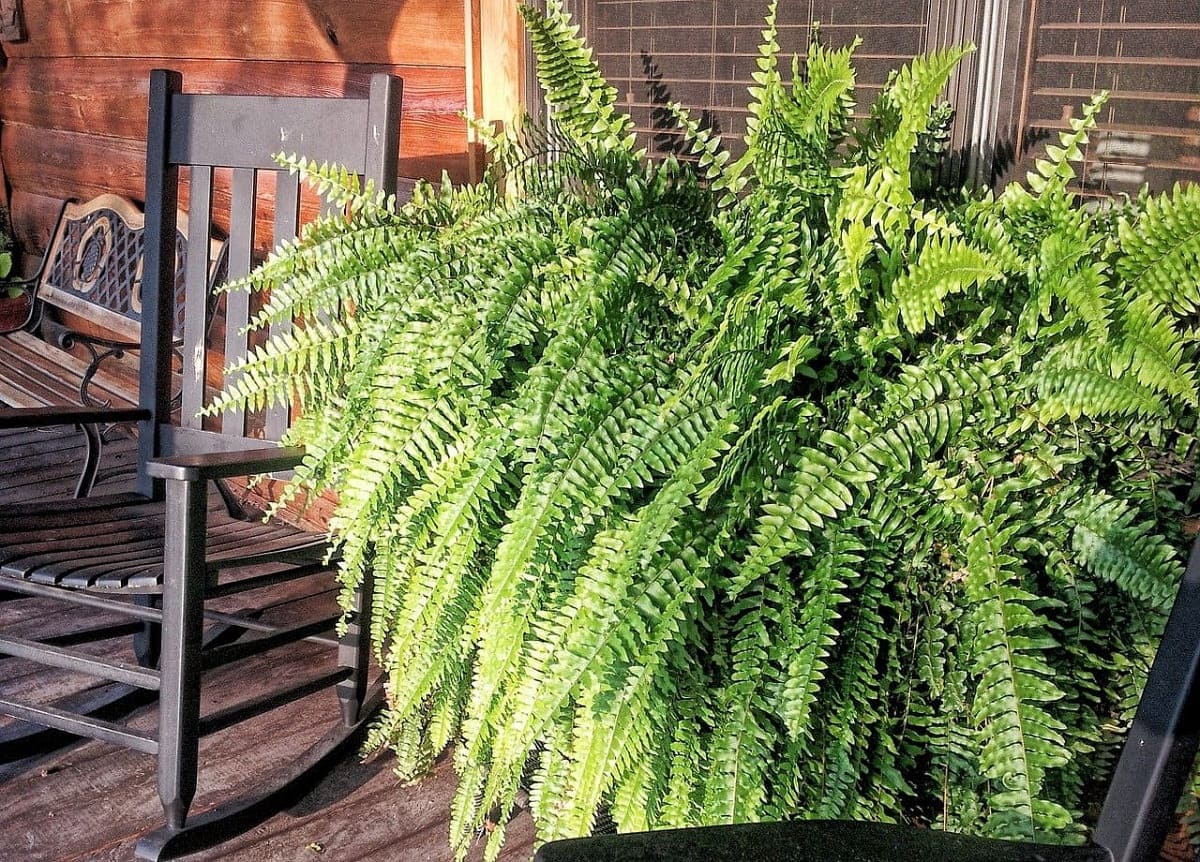
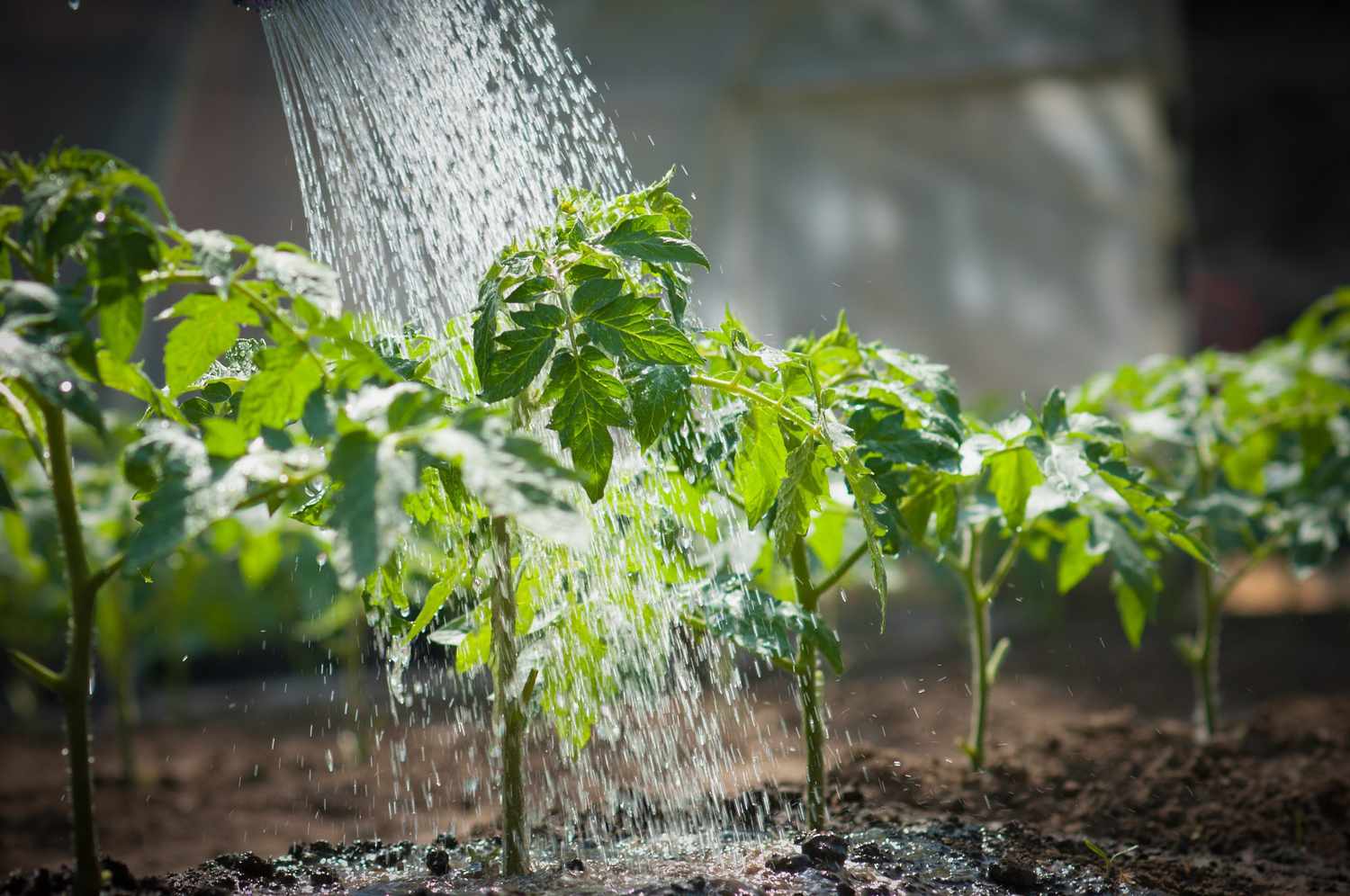
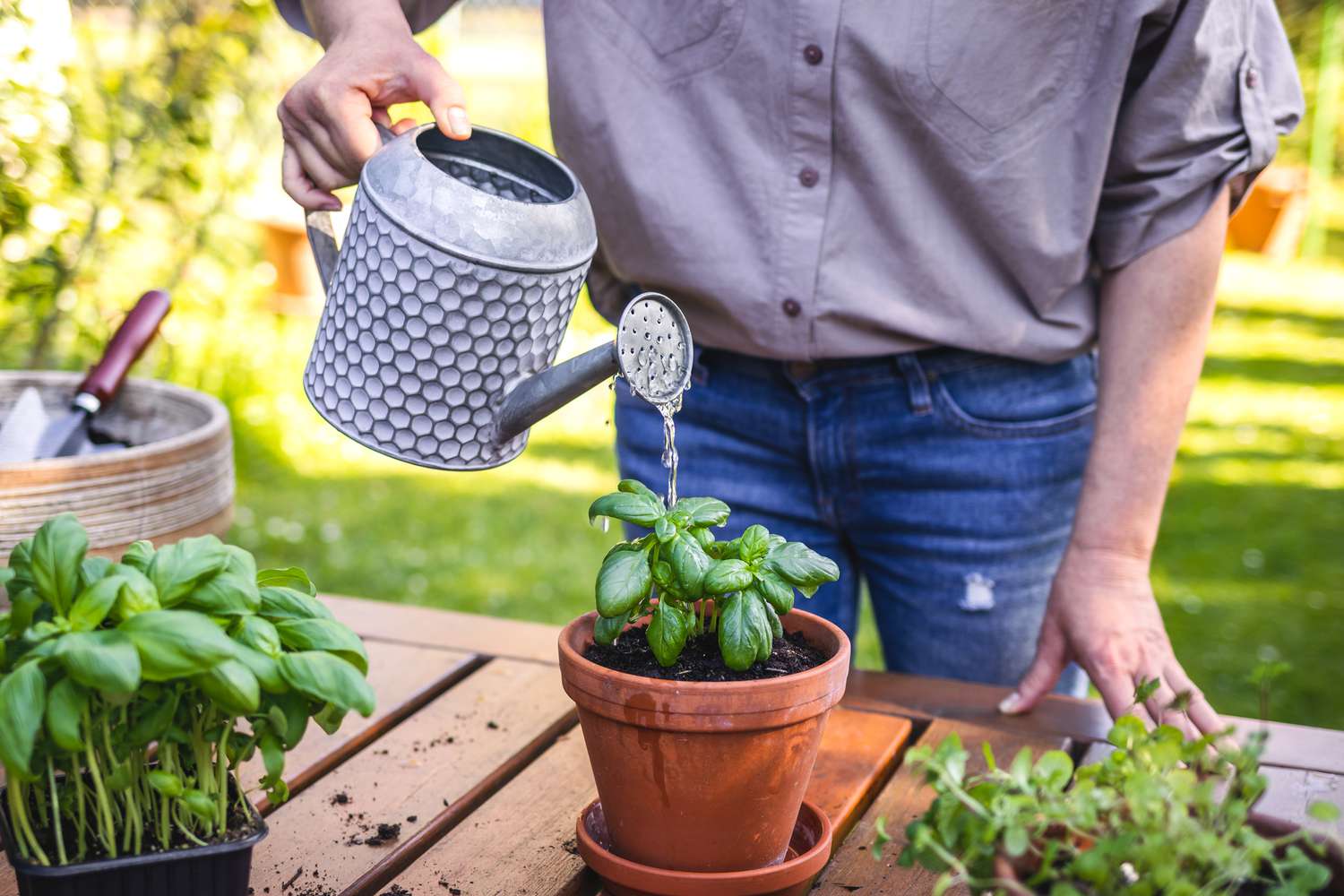
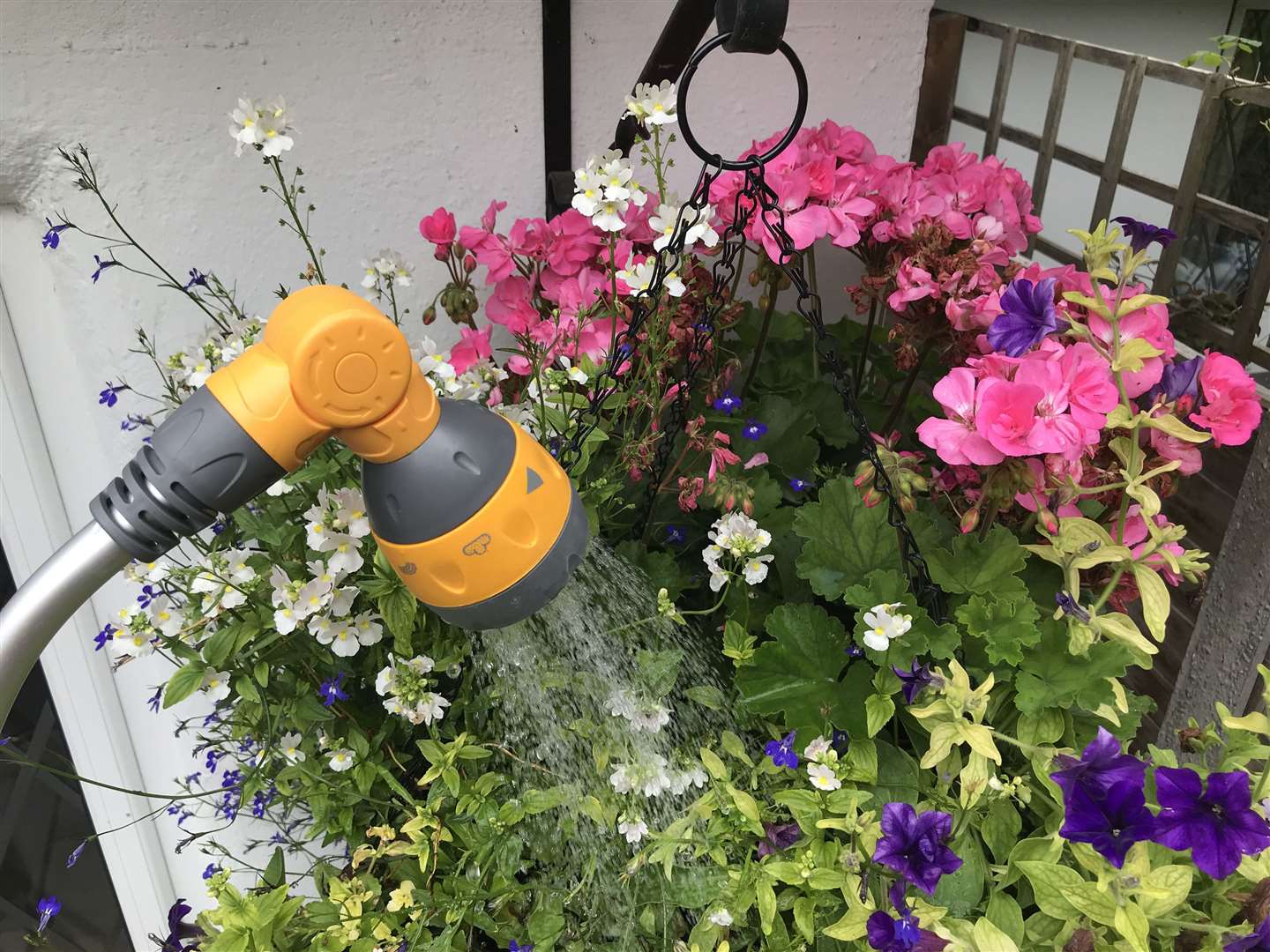
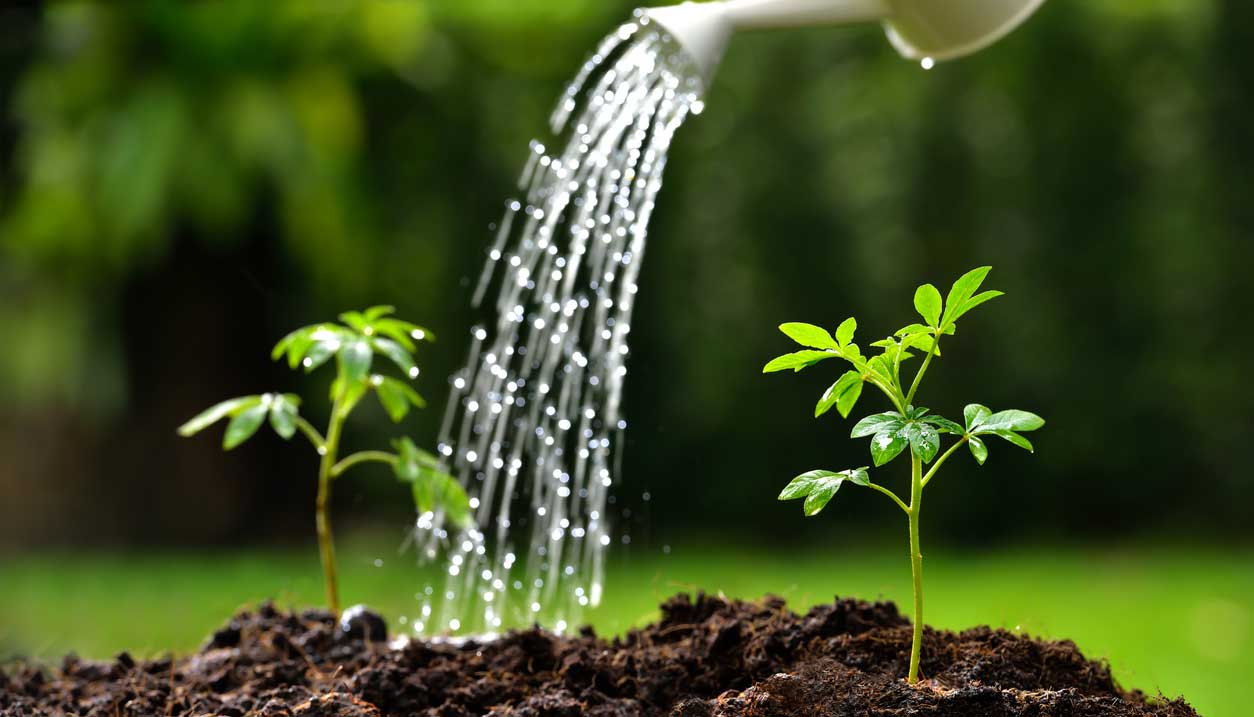

0 thoughts on “How Often Should You Water Outdoor Succulents?”